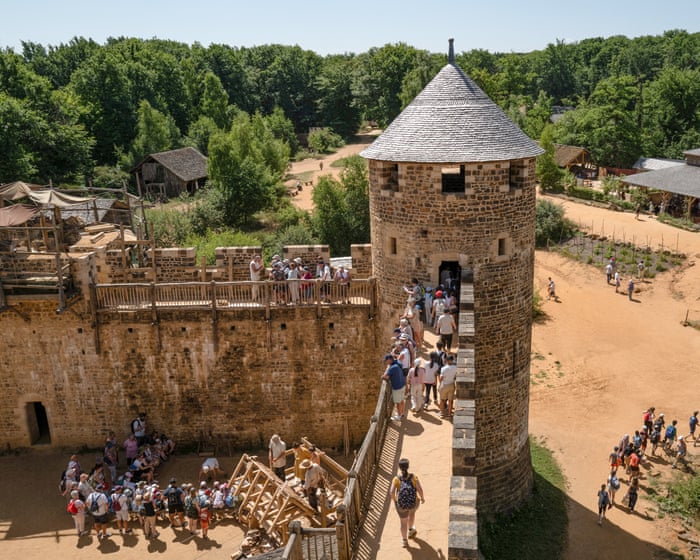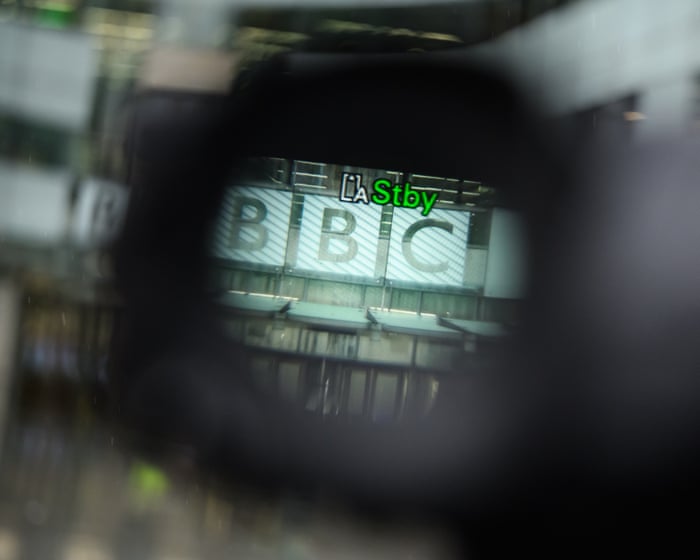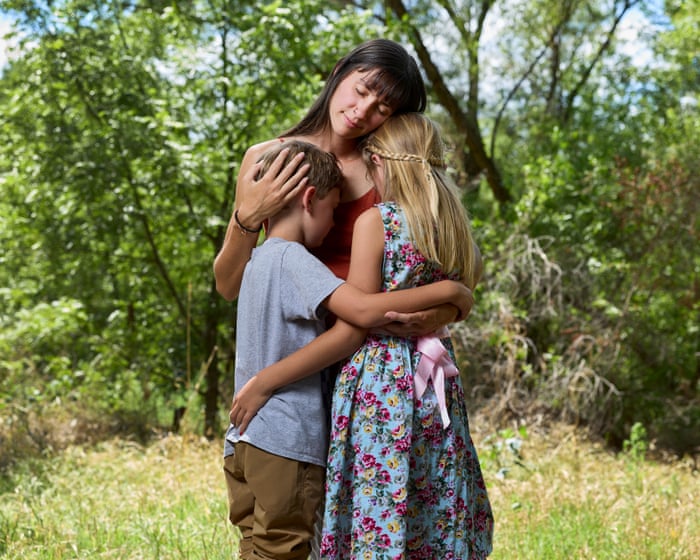In the summer of 1999, in a disused quarry deep in the forests of Burgundy, a dozen or so oddly dressed figures were hard at work. They cut limestone blocks, carved oak beams, and hammered six-inch nails. The rough shape of what they were building was just visible: a perimeter wall 200 meters long and three meters thick, with two large and two small round towers at the corners, and another pair flanking the main gate.
Outside the clearing, it was nearly the 21st century. Inside, it felt like the year 1230. Using only medieval tools, techniques, and locally sourced materials, work had just begun on the castle of Guilbert Courtenay—a fictional nobleman of modest means. At that time, the walls were only half a meter high, and no one knew if or when Château de Guédelon would ever be finished. After all, no one had built a 13th-century castle by hand in about 750 years.
Now, more than 25 years later, it’s still not quite complete. But by the summer of 2025, it stands as a magnificent early 13th-century French castle, complete with ramparts, turrets, a vaulted great hall, chambers, a chapel, kitchens, and a working flour mill in the nearby woods.
It has become a living laboratory—archaeological, architectural, cultural, historical, and even scientific—praised by medieval scholars, heritage experts, and sustainable construction professionals alike.
Maryline Martin, the project manager from the start, recalls, “I’m not really sure what I thought would come of it. Back then, it sometimes felt like just having fun with friends. It’s been the most amazing adventure, and it’s worked in ways I never dreamed of.”
Returning to Guédelon after 25 years is a shock. What was once a muddy, rocky clearing with a few artisans in homemade tunics is now a real medieval castle. There are also car parks, restaurants, shops, a modern eco-friendly office—and 310,000 visitors a year.
While regional, EU, and corporate funds supported the early years, today the project raises €7.5 million annually from ticket sales, food, and souvenirs—all made on-site—covering investments, running costs, and the salaries of 160 employees, making it one of Burgundy’s biggest attractions.
But it is definitely not a medieval theme park.
“This is play, but serious play,” says Martin, who looks much the same except for her shock of grey hair. Along with Michel Guyot, who had spent years restoring a local ruined chateau, she was one of the founders inspired by the wild idea of building a castle from scratch. Guyot has since retired.
“It’s about building to understand, inventing the future by rediscovering the past,” Martin explains. “It’s actually very modern, in tune with an era that values ecology and nature. We’re like birds building a nest: we take only what we need, from nearby. It’s almost political.”
Guédelon employs around 60 artisans—quarry workers, stonecutters, masons, carpenters, blacksmiths, tilers, painters, ropemakers, wheelwrights, carters, and basketmakers. They build cob and rubble walls, fire tiles, mix pigments, and work entirely by hand, using methods unchanged for centuries.Dyes and pigments, braiding rope, forging nails, hinges, and decorative ironwork—these are the crafts practiced here. The only nods to modern safety are boots for everyone, protective glasses for stonecutters, and ropes with carabiners for those working on the castle’s medieval-style timber scaffolding, which still meets health and safety standards.
“It might sound cliché, but it’s like ‘back to the future,’” said Emmanuel de Tissot, the new managing director. “We’re on a collective quest for fidelity, for accuracy—for truth, I suppose. Guédelon engages body, heart, and mind—for visitors, too.”
Visitors often spend around five hours here, captivated as master builder Florian Renucci explains how each beam in the great hall’s roof is carved from a single tree, respecting the wood’s natural strength. Guédelon’s joiners even contributed to rebuilding Notre Dame after the fire.
Renucci describes their method: studying ruins from the time of King Philippe Auguste, consulting experts and archives, then using deduction and trial and error to find solutions. This summer, they’re tackling the main drawbridge. “We know there were openings in gatehouse walls and that pulleys existed,” he said. “But how did two men operate a 400-ton drawbridge in 1250?”
Some challenges take years. The clay tile oven was rebuilt five times before it worked properly—there was no intact 13th-century model to copy. When masons couldn’t create waterproof mortar for the cistern, they analyzed samples from another castle in a lab. Even placing the chapel’s keystone kept everyone up at night.
“A whole ecosystem of research and experimentation has grown around us,” Renucci noted. “It has modern applications too. Restorers come to learn how to make materials you can’t buy anymore; builders rediscover eco-friendly techniques that disappeared decades ago.”
People love working here. Matthis Lacroix, a 22-year-old blacksmith, enjoys making lasting things with his hands. Simon Malier, a 26-year-old carpenter with a background in engineering, values the time to do things right and the connection to ancient knowledge.
Not everyone is a permanent employee. Brittany Joyner, a 42-year-old actor and amateur woodworker from Los Angeles, is spending three months between jobs. “Working by hand teaches you to really read the wood,” she said. “You learn respect for the material. Power tools just erase all that.”
Some, like Nicolas Touchefeu, have been here for decades—26 years, in his case—simply because he loves working with his hands. Others volunteer for shorter stays. Philippe Beghdali, a nurse, called it “hard, but so satisfying.”
Employees wear medieval clothing, adding to the authentic atmosphere that has made the castle Burgundy’s top tourist attraction. Back in 1999, Martin estimated…The castle was expected to be completed “by around 2020.” Now, she estimates it might take “another five or six years.” The main tower, standing 30 metres tall, still needs its final cap, and other parts remain unfinished. In reality, though, the project may never truly be finished: soon, the north wall—the first section built—will require repointing.
During the construction period, Martin noted that 50 babies have been born in Guédelon. But as the Guardian wrote over 25 years ago, time is relative when you’re building a medieval castle by hand. “That’s our real luxury,” she said. “We have the time to try, fail, and try again. And so far, we’ve always found a solution.”
Frequently Asked Questions
Of course Here is a list of FAQs about the Back to the Future castle also known as the Chteau de Guédelon
General Beginner Questions
Q What is the Back to the Future castle
A Its the nickname for the Chteau de Guédelon a unique archaeological experiment in France where a 13thcenturystyle castle is being built from scratch using only the tools materials and techniques of that era
Q Where is it located
A Its in the Burgundy region of France in a forest near the town of Treigny
Q Why are they building it
A To better understand medieval architecture and construction methods by physically doing the work providing a living history lesson for both researchers and the public
Q When did construction start and when will it be finished
A Construction began in 1997 The project is a slow meticulous process and the estimated completion date is around the early 2030s
Q Can I visit it
A Yes Its a major tourist attraction You can visit the worksite watch the artisans at work and learn about medieval life
Advanced Detailed Questions
Q Is it a real castle or just a replica
A Its a real functional castle being built authentically Its not a replica of an existing castle but is designed based on the architectural principles of the period of Philip II Augustus
Q How do they know how to build it
A A team of archaeologists historians and master builders studies period manuscripts illuminated texts and the structures of existing ruins to design and build it as accurately as possible
Q What are the biggest challenges they face
A Sourcing all materials locally mastering forgotten crafts and working entirely without modern machinery
Q Who is funding this project
A The project is primarily funded by visitor ticket sales and private investment It was initially a jobcreation scheme and has since become a selfsustaining enterprise
Q What happens to the castle once its finished
A It will become a completed historical monument continuing to serve as an educational site and museum about the 13th century




